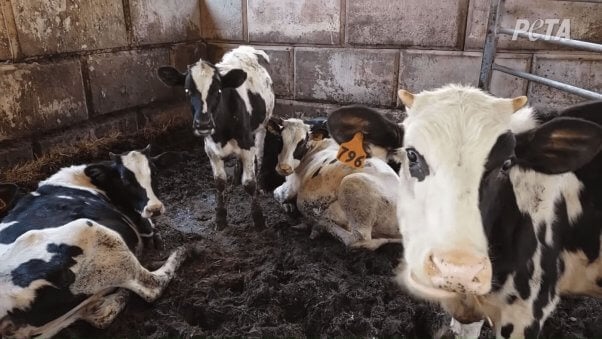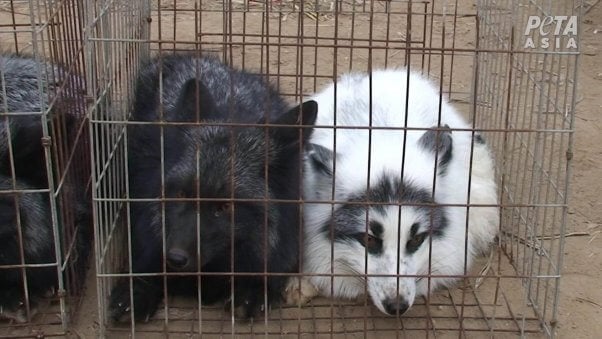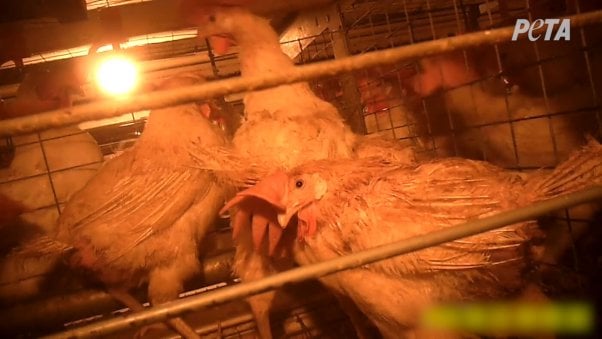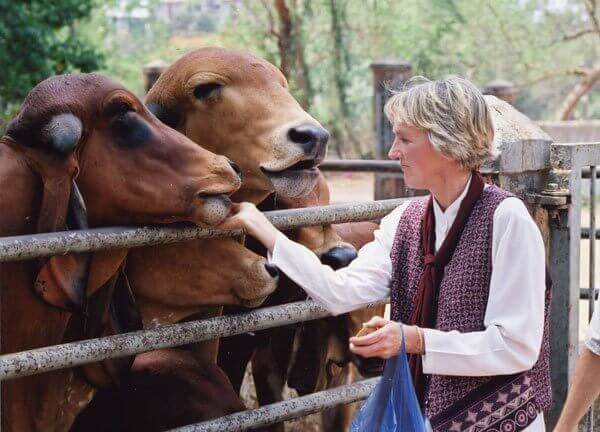Is Anyone Safe from the H5N1 Bird Flu?
Bird flu is a quickly evolving disease currently spreading like wildfire through the dairy industry, farmed birds, backyard chicken flocks, fur farms, zoos, and wild animal populations, with devastating consequences.
The human death toll from avian influenza A(H5N1) sits at 464, with one human succumbing to the bird flu in the United States as of January 2025. The death toll for other animals is considerably more massive, causing global organizations to call H5N1 the “Animal Apocalypse.”

A shocking 485 bird species and 48 mammal species have suffered fatalities. Wild animals—including bald eagles, condors, albatross, raccoons, skunks, badgers, minks, foxes, lynx, bobcats, tigers, leopards, otters, seals, sea lions, and dolphins—as well as domestic cats allowed to roam outdoors, have died en masse.
Between 2022 and 2023, the death of roughly 30,000 sea lions was reported in South America, about 10,000 albatross carcasses were found in the UK, and over 17,000 southern elephant seal pups (95% of the population) succumbed to the virus in Argentina. Unsurprisingly, 51,986 minks were killed on a single Italian fur factory farm in 2023 after the virus spread through the entire operation in a matter of days. These are only four of countless tragedies.

In addition to killing tens of thousands of animals used for their skins, tens of millions of chickens across the U.S. are being executed using slow and painful mass-extermination methods. During past outbreaks, farms have been caught killing animals via ventilation shutdown (VSD). In this cruel practice, ventilation fans are turned off to slowly suffocate the animals. “VSD Plus” incorporates heat, humidity, and/or carbon dioxide in the process—suffocating and baking them to death.

As of early 2025, the human and animal death tolls are rising in the United States, with experts worrying that human-to-human transmission is possible. Scientists have already sounded the alarm that a highly pathogenic strain of the influenza H5N1 (clade 2.3.4.4b) virus has been found in cows in the U.S. and may only need to undergo a single mutation for it to be able to attach to human receptors. In other words, the H5N1 bird flu spreading among humans may be a single mutation away.
As more outlets publish updates on this devastation, remember that human activities caused this epidemic—specifically, humans breeding, raising, milking, killing, and eating animals, and if we truly want to stop the spread of H5N1, we must live and promote a vegan lifestyle.
HELP STOP THE SPREAD – SPREAD THE WORD
Thank you for your compassion for animals.

